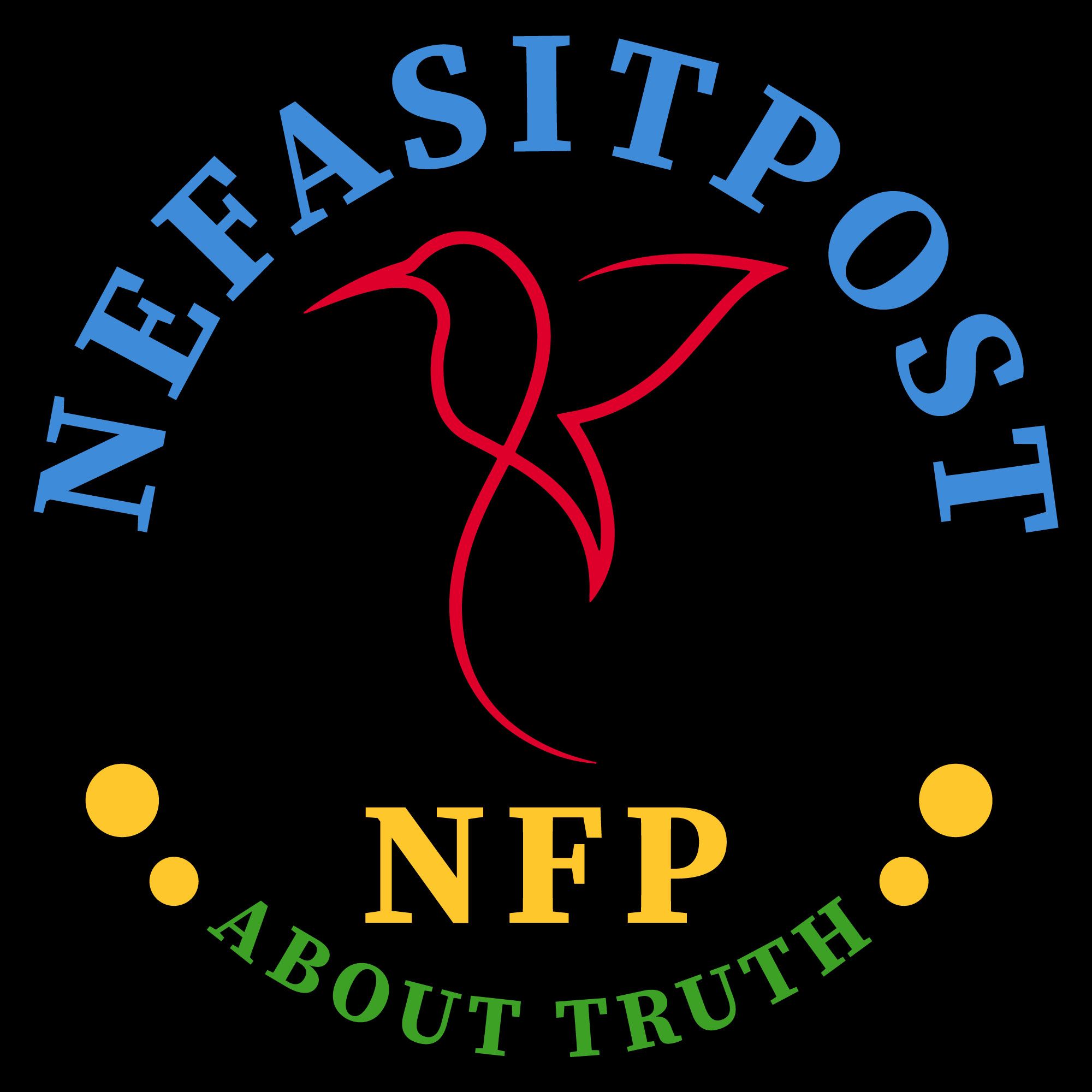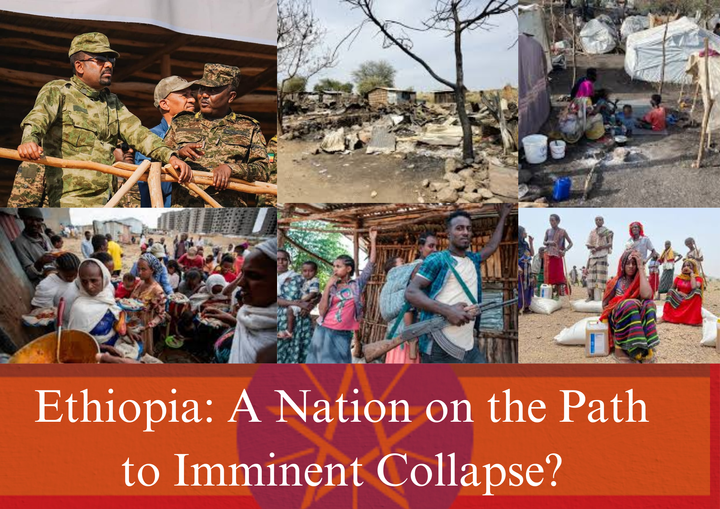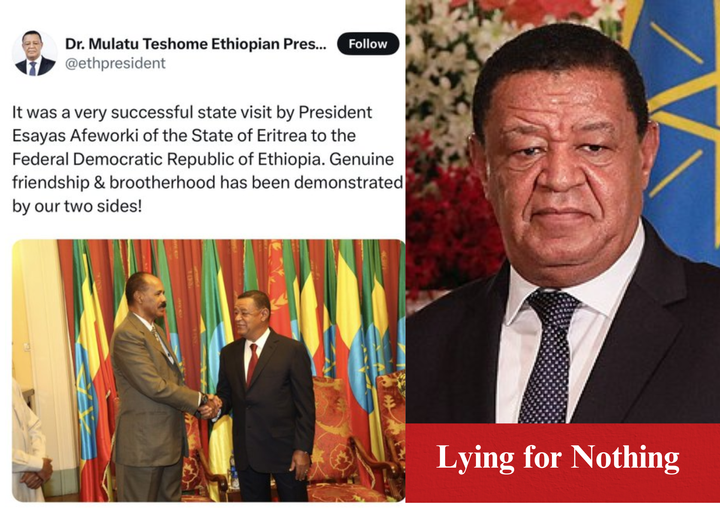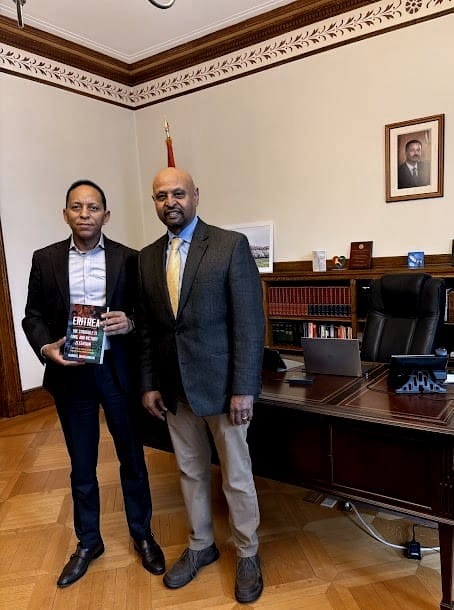Amnesty International pushes regime change in Eritrea with dubious, unverifiable report.
Amnesty’s new report accusing Eritrea’s government of gruesome war crimes relies heavily on anonymous testimony, grainy satellite images, and zero field investigation. It is the latest salvo in the West’s campaign to topple the country’s independent government.

Ann Garrison September 21, 2023, via Grayzone
Amnesty ignores critical questions
Why did Amnesty investigators neglect to fly its staff to Tigray to speak to witnesses in person? The organization said it conducted telephone interviews between May 13 and July 15, five to seven months after flight service had been resumed.
Amnesty staff might not have been welcomed by customs in Addis Ababa if they identified as such, but it is hard to believe that investigators could not have entered Tigray one way or another during the past eight months. When I flew into Addis at the end of March 2022, I simply identified as a journalist and no one stopped or even questioned me. When I traveled from one airport to another inside the country, no one asked for anything but my identification card.
Most serious investigators would be intrepid enough to risk a denial of visa, and Ethiopia would have nothing to gain by jailing anyone flashing Amnesty credentials.
It is even harder to believe that Amnesty investigators researching crimes allegedly committed by the Eritrean Defense Forces would not have been welcomed with open arms by the TPLF, who were firmly back in power in Tigray Region thanks to the US diplomatic intervention. Throughout the war, the TPLF had cried “Tigray genocide!” and demanded help from the “international community,” and they still have not given up their grievances, most of all their grievances against Eritrea.
Stranger still, Amnesty had, on August 18, published a demand that independent investigators and media be admitted to Ethiopia’s Amhara Region, where the national government declared a state of emergency because government troops are engaged in a conflict with the ethnic Amhara Fano militia. Why make telephone calls to a region you could fly into and then demand access to a region where you could not?
Why did all of Amnesty’s interviews have to be conducted anonymously? It’s understandable that rape victims might not want to provide their identities, even if they are now safe within TPLF-controlled territory, but more difficult to comprehend why witnesses to extrajudicial execution would fear being identified.
Doctors and social and humanitarian workers were also quoted anonymously. Why would they too be afraid to go on record from within TPLF-controlled territory?
Should Amnesty not have noted the possibility that any or all of these anonymous witnesses could have been coached by the TPLF? Shouldn’t they have noted that a report based on all but wholly anonymous telephone testimony might beggar belief? Finally, what were Amnesty’s satellite images supposed to prove? They were no more than dots, circles, squares, rectangles and arrows pointing to this and that spot on a blurry, vaguely geographic background.
On September 10, I submitted these questions to the Amnesty e-address for inquiries on the report. I then called the UK telephone number on the report three times, leaving detailed messages requesting an answer.
At the time of publication, I have yet to receive any reply.
Distinct bias toward TPLF narratives
Amnesty’s report demonstrates a distinct deference towards TPLF narratives, just as Western press and officialdom did throughout the war. On the historic significance of the city of Axum in Tigray Region, Amnesty cites the highly partisan, Tigrayan publication Omna Tigray, which reads:
“Since November 2020—and following the invasion, occupation, destruction, and siege of Tigray—the city that was once a symbol for Ethiopia’s independence has become victim to the violence of Prime Minister Abiy Ahmed’s genocidal war.”
With regard to the two-year civil war, Amnesty falsely declares that it began not with the TPLF’s attack on the Northern Command of the Ethiopian National Defense Force, but with Prime Minister Abiy Ahmed’s response:
“The armed conflict in Ethiopia’s Tigray region, which later extended into neighbouring Amhara and Afar regions, began on 4 November 2020 when Prime Minister Abiy Ahmed launched a ‘law enforcement operation’ against TPLF-led security forces in the Tigray region, following an attack on the Ethiopian National Defense Force’s Northern Command based there.”
Was the Prime Minister supposed to avert a war by responding passively to an armed attack on a national army base? By that logic, he should have held his troops back when the TPLF marched on Ethiopia’s capital, Addis Ababa.
“Getting Ethiopia Dead Wrong”
Danish journalist Rasmus Sonderris first traveled to Ethiopia in 2004 and has since spent seven of the last 18 years living there. This September, Sonderris published “Getting Ethiopia Dead Wrong,” a free e-book, in which he painstakingly recounts every unverified allegation of genocide, rape, extrajudicial execution, and starvation that Western press, officialdom, Human Rights Watch, and Amnesty International launched at Ethiopia and Eritrea throughout the two-year Tigray War. The veteran reporter pointed to the collaborative effort of legacy Western press and Western governments as the source of a massive disinformation campaign that has shaken his liberal worldview to its foundation.
Sonderris questions Amnesty’s evidence-gathering methods on what came to be known as the Axum Massacre, for which Ethiopian and Eritrean forces were blamed:
“So how did Amnesty gather this information? With the war still raging, there was no question of traveling to Axum. Instead, eleven days were spent talking to “41 witnesses and survivors of the massacre,” who could not be named “given security concerns.” Testimonies were either delivered face-to-face in a refugee camp of Tigrayans in Sudan, or by means of “numerous phone interviews with witnesses in Axum.” Crucially, it says nothing about how these 41 persons were identified or by whom, which obviously raises suspicion that they were selected and coached by the TPLF.”
Sonderris says that while he does not know for certain what happened in Axum, determining the truth “calls for hard-nosed investigators on the ground.”
While Amnesty might not have been able to travel to Axum while the war was still raging, there is no such justification for its latest report, which was published eight months after flights to Mekelle had resumed and the TPLF regained political and military control of the Tigray Region.
With regard to the charge of mass rape, Sonderris writes:
“Rape is even more taxing on the human heart than murder. We feel both empathy with the horrified victim and revulsion that a mind could be so sick as to obtain sexual gratification, or whatever it is, from such a misdeed. So when a woman accuses a man of rape, we do not jump to the defense of the accused, but listen to the accuser. This is how it should always be...
“When it comes to sexual violence in a war scenario, however, lying does not require a crazy or vindictive woman, but merely a cold political calculation. And rather than one person shouldering the burden of deceit, a propaganda department can be at hand to reward and organize it.”
The inflammatory, dubiously-sourced allegations contained in Amnesty’s report on Eritrea bring to mind former US ambassador to the United Nations Susan Rice’s tales of Viagra use by Libyan troops accused of every international crime during the run-up to NATO’s destruction of Libya in the name of stopping genocide. Rice’s accusations were eventually revealed as pure fiction: a fabricated story spun out by the Libyan opposition, and fed to the West through the Al Jazeera Network of the Qatari monarchy, which was funding the Islamist rebels. But by the time the lie was exposed, it was too late, as NATO bombing was well underway.
Though the West did not attack Eritrea and Ethiopia directly, it relied on the Tigrayan People’s Liberation Front as a proxy force as it attempted to dislodge their independent governments. And it helped this sectarian army launch a global propaganda campaign, painting it disingenuously as the target of a genocide, even after it initiated the conflict.
The manufacturing of #TigrayGenocide
Within 24 hours of the TPLF’s November 3, 2020 attack on Ethiopia’s Northern Command base, the hashtag #TigrayGenocide appeared on Twitter, and Tigrayans quickly attained favored victim status from the West.
Throughout the war, Western press and officialdom focused almost exclusively on Tigrayan suffering while Amnesty International and Human Rights Watch branded their plight as ethnic cleansing.
When the Associated Press reported on Samantha Power’s trip to the region, it nudged readers with the headline, “US genocide expert to press Ethiopia on Tigray aid blockade.” The Washington Post joined in with an opinion piece entitled, “Why the U.S. should call the famine and violence in Tigray a genocide.” A parade of articles echoed the inflammatory narrative, including from the putatively left-wing Nation Magazine. Democracy Now produced a series of similarly slanted reports alleging genocide, ethnic cleansing, and the use of rape as a weapon in Tigray, relying heavily on CNN reporter Nima Elbagir.
(The Sudanese-born Elbagir relentlessly pushed the narrative of genocide perpetrated by Ethiopian and Eritrean forces, and in September 2022 won an Emmy Award for her documentary “Ethiopia: Hallmarks of a Genocide.” She is reportedly married to the current British ambassador to Iraq, Mark Bryson-Richardson).
When the TPLF invaded Ethiopia’s Amhara and Afar Regions, Western press generally looked the other way, giving Amhara and Afari victims only occasional mention.
From April to June 2022, I traveled through Ethiopia’s Amhara and Afar Regions and saw immense suffering in many overcrowded IDP camps, where deeply traumatized Amharas and Afaris told me that the TPLF had murdered their family members and taken all they had until they fled. The Internal Displacement Monitoring Centre estimated that there were over 5.1 million IDPs in Ethiopia in 2021, the highest annual figure ever recorded for a single country at that time.
While ignoring the TPLF’s crimes, including its initiation of the conflict and attempt to seize power by force in Addis Ababa, Amnesty’s report portrays Eritrea’s military as a collection of bestial, irrational monsters.
The report therefore reads like a companion to President Joe Biden’s September 9 renewal of Executive Order 14046, the Declaration of a National Emergency with Respect to Ethiopia, which alleges massive human rights abuses by Ethiopia and Eritrea, and provides justification for ongoing US sanctions on both countries.
Of these, the harshest sanctions, such as exclusion from the SWIFT system for conducting international financial transactions, are reserved for Eritrea. These unilateral measures not only violate international law; they punish the entire Eritrean population, whose annual per capita income is $650. Oddly, Amnesty International has nothing to say about these human rights violations.




Comments ()